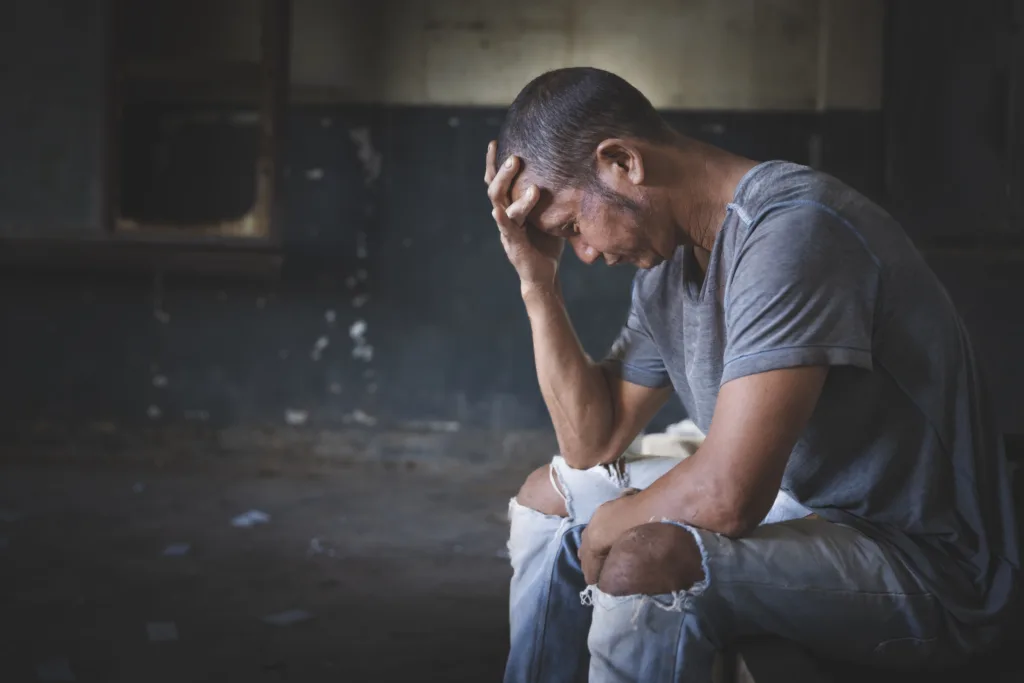Most Popular
Categories
Archives
Medical doctors can prescribe painkillers for a number of reasons including mild to severe chronic pain and post-surgical pain management. However this common usage of prescription pain medication has become epidemic, and an article posted in January 2023 said that despite a decrease over the past decade of opioid use, 100,000 lives are still lost to overdose every year.
Painkiller addiction continues to be a problem in the States, making the right forms of treatment and a proper continuum of care after treatment even more important.
What is a painkiller addiction?
According to WebMD, painkiller addiction is described as, “Now called opioid use disorder (OUD), painkiller addiction was a term used for years along with terms like opioid abuse, drug abuse, drug dependence, and drug addiction. A national health crisis, 3 million people in the U.S. have OUD, or they’ve had it in the past.”
Opioids are a highly effective pain management medication, which is why they are routinely prescribed to patients with chronic pain or in recovery from extensive surgery. Most people prescribed opioids for brief periods of time do not struggle with dependence.
“But any patient who is treated with opioids for 30 days or longer will develop opioid tolerance. This causes them to suffer withdrawal symptoms if the medication is stopped abruptly. Users may also begin to want more of these drugs to achieve the same effect.” According to Dr. Karsten Kueppenbender, an addiction psychiatrist, “It can happen to anybody.”
Tolerance is when the body requires a higher dose of the medication to achieve the same relaxing, pain-reducing effects. It occurs when the brain chemistry has adapted to the synthetic chemicals and no longer feels the need to produce them on its own.
However, when the brain adjusts like this, there is a higher risk for the experience of withdrawal symptoms and an even greater possibility of overdose.
How to stop a painkiller addiction
No one chooses to become addicted, and those who do suffer from addiction often wish to stop addictive behaviors. Thankfully, there are a number of ways in which you can begin the journey towards recovery from painkiller addiction.
Recognize the problem
The first step in beating an addiction to painkillers is to recognize the presence of a problem. Once you are able to admit that you are struggling with opioid misuse/abuse, you open yourself up to the reality that you may not be able to overcome this on your own.
That is okay. Overcoming addiction of any kind is not something easily accomplished on one’s own and countless individuals take the courageous step of seeking treatment in order to get their life back under their control.
Seek the right kind of help
You may not be struggling with full-blown addiction, but may only recognize signs of misuse in your life, or you may have been battling opioid addiction for a long time and are unable to stop usage without severe withdrawal symptoms from occurring. Knowing where you are in the process is crucial for finding the right kind of help.
Pursue detox if needed
Medically assisted detox offers the support of 24/7 care and supervision from medical doctors should the addiction be so advanced. Medically assisted detox offers a more comfortable option of weaning you off painkillers without feeling the full effects of withdrawal. While some symptoms will be present, the risks of “cold turkey” detox will not be.
Detox is a crucial first step in recovery as it resets the physical body and puts the mind in a state of readiness to take on the emotional and psychological components of addiction recovery.
Painkiller withdrawal treatment
There are countless ways you can receive treatment for a painkiller addiction. The best treatment centers offer personalized treatment plans to help you craft a recovery plan designed to meet your personal goals.
A number of treatment options you will likely be able to choose from include:
- Partial hospitalization programs – PHP is ideal if you have recently completed detox and/or a residential program and seek the benefits of a structured, multi-faceted outpatient program
- Intensive outpatient programs – Allows you to continue addiction treatment at a medical facility while living in your own home
- Substance Abuse Comprehensive Outpatient Treatment (SACOT) – A program for people with a longer history of substance use who may also have dual-diagnosis, such as complex medical, behavioral or mental health disorders that require greater support
- Medication management treatment – The use of non-addictive medications that can curb the cravings and manage symptoms to foster a more fluid recovery
- Peer support services – Where the lessons of other’s experiences can be heard as a means of boosting your own recovery
- Methadone treatment – Methadone is a Schedule II synthetic opioid that treats cravings and alleviates withdrawal symptoms from opioid addiction without producing euphoria, allowing you to focus on recovery without the complications of withdrawal effects
- Family programs – These provide support to all members of the family who may have been either directly or indirectly impacted by addiction
- Continuum of care – A less intensive form of treatment to help maintain recovery when intensive treatment has been completed
With so many various treatment methods, our hope is you find the best option to benefit your journey.
Ready for recovery?
To get in touch with a treatment team today, contact us online or call us at 888-201-5086 to learn more.



